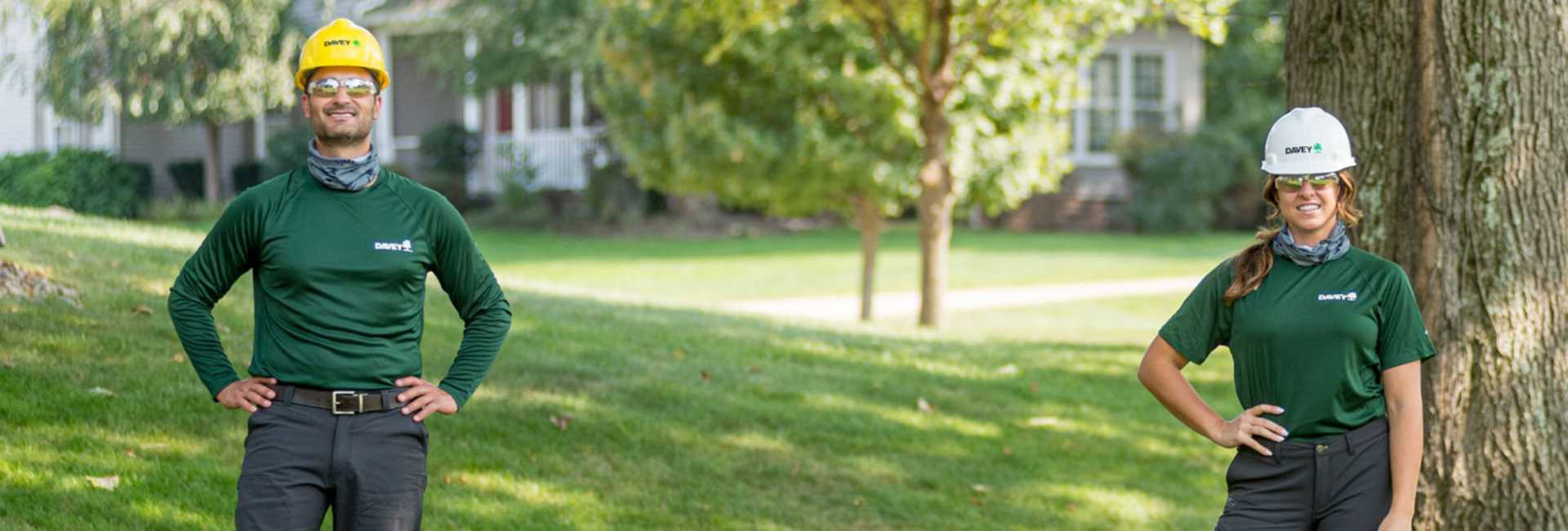One of the best parts of summer? Relaxing beneath a tree's cool, shady canopy.
But if your tree has no leaves on one side, your favorite summer spot looks far less appealing. Even worse, your tree is likely suffering.
What could be causing the lack of leaves?
Our reader, Jim, recently asked this question. “Half of one of my maple trees has leaves. The other half looks like it started, but then there is nothing. Is this normal due to a long winter? Is there a problem, or is the tree dying?”
Like Jim, you may be wondering why your tree is growing this way. Below we explore causes and solutions for trees not leafing out.
Only half of my maple tree has leaves. Is this a sign of maple decline?
Reduced leaf growth is a sign of a declining maple tree.
Other symptoms of maple tree dieback include:
Reduced twig growth
Small, dead branches in the upper tree canopy in late spring or early summer
Dead, brittle or decaying roots
Fall colored maple leaves in July or August
Over time, larger and more visible dead branches will appear, causing crown dieback in maple trees.
What causes trees to only have leaves on one side?
Consider what your tree was exposed to before its lack of leaf growth: Harsh weather? Insufficient planting space? A nearby construction project?
If your pre-construction planning didn't account for the safety of your trees, they could suffer. Construction damage can cause soil compaction and/or root damage to the tree.
Sparse leaves are also linked to abnormally cold winter temperatures and soil moisture. For example, frozen soil and frigid winds could cause one side of the tree to suffer more injury. A weakened tree is also more susceptible to diseases and pests.
Another cause of canopy thinning is girdling roots—which wrap around other roots or the tree’s trunk and cut off the flow of water and nutrients. When nutrient uptake is compromised, you’ll see the effects in the tree’s canopy.
In some cases, your tree may actually be infected with a vascular wilt fungus, like Verticillium. This disease is most common in trees that were already stressed for other reasons. Unfortunately, there is no cure, but reducing stress on the tree may extend its life.
What are the solutions for a tree that does not leaf out?
Be sure to provide your trees with water, fertilizer, and pruning as part of a plant health care program.
Dig deeper into the best solution for your tree by requesting a tree inspection. Your local arborist will pinpoint the specific cause of tree decline and recommend treatment.







